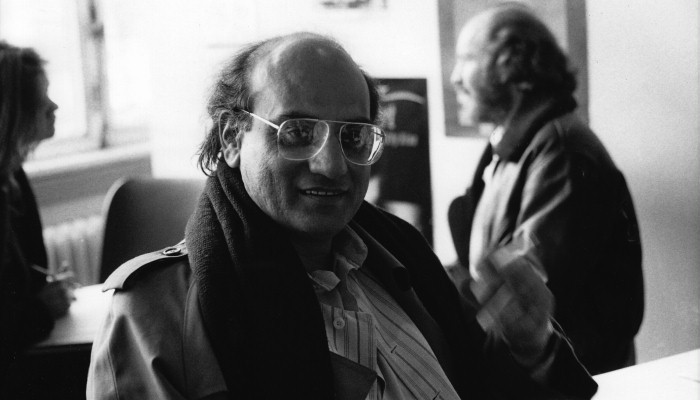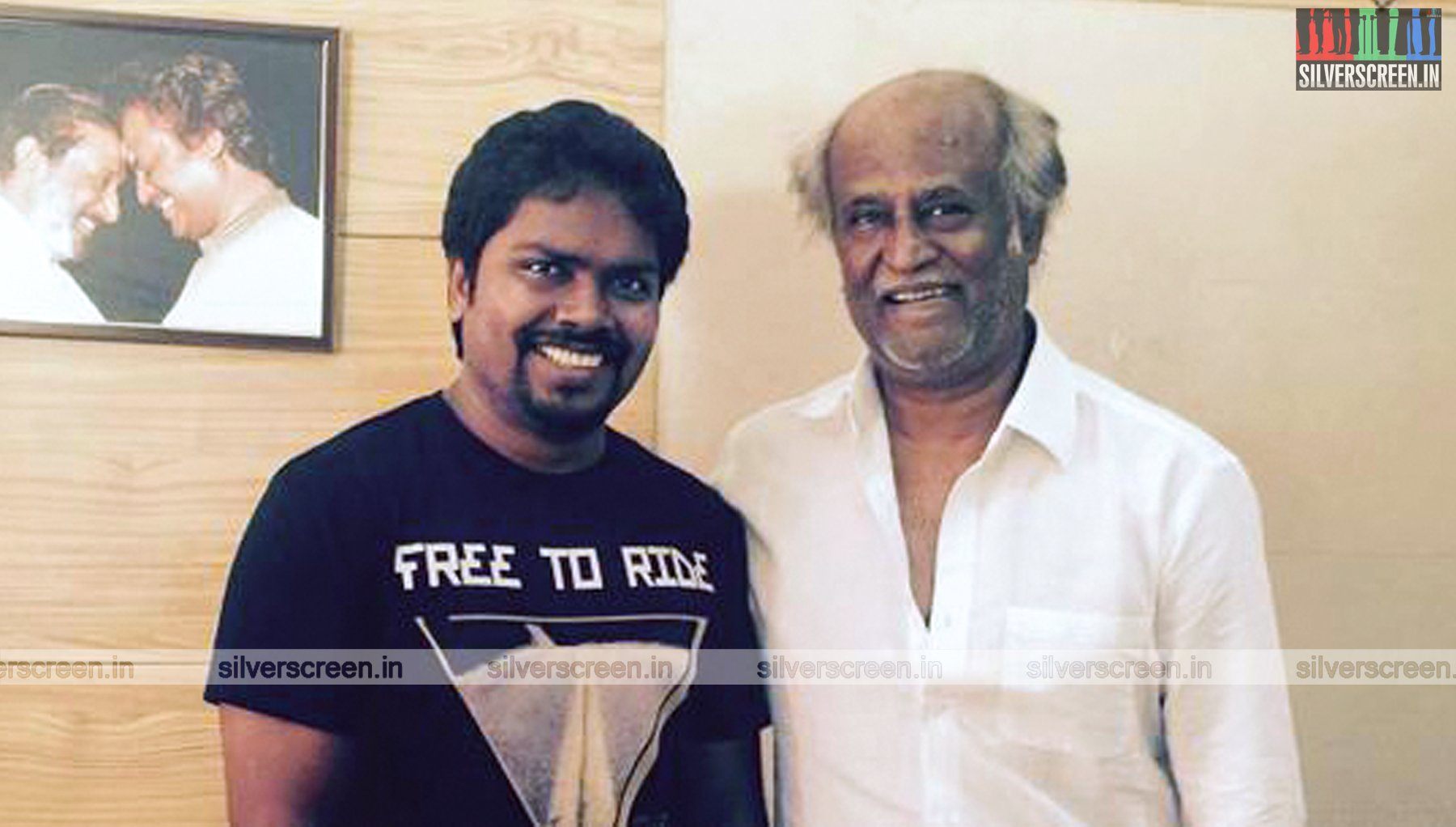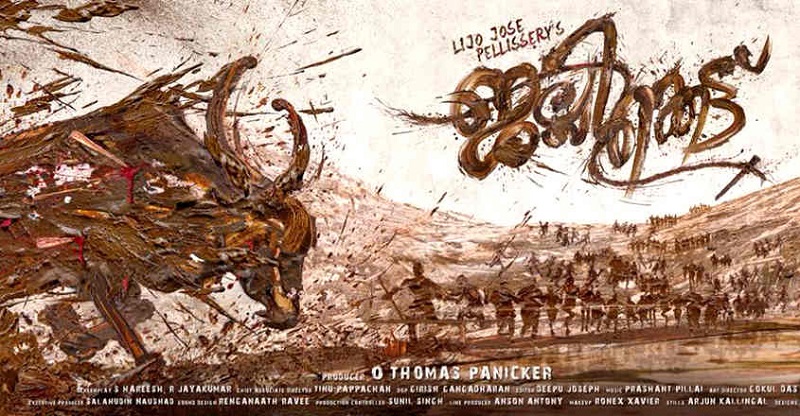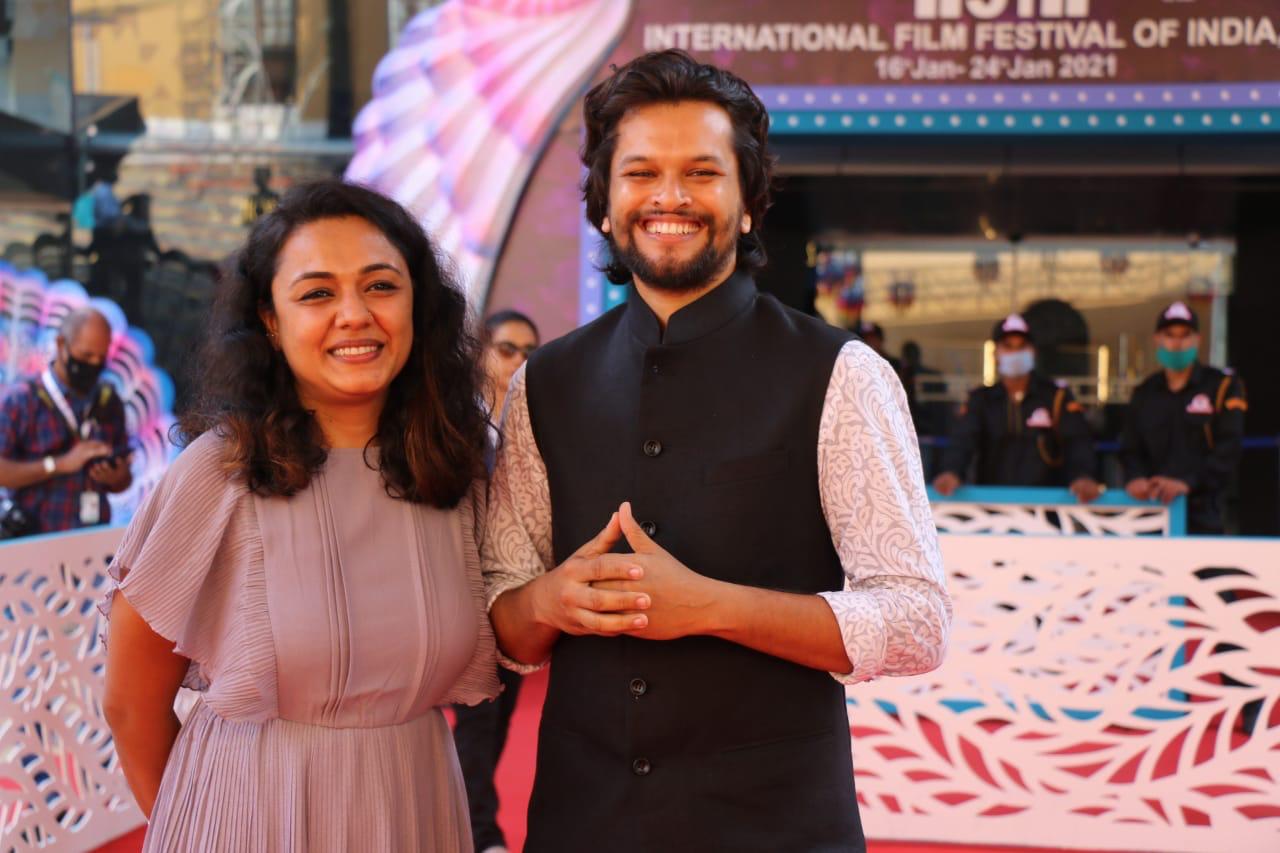This is part of the series where Silverscreen will recommend films, documentaries, shorts, songs or scenes from seminal films that make a compelling watch. Read:
The Timelessness Of Onnu Muthal Poojyam Vare
It’s not easy to warm up to Mani Kaul’s rebellious film-making. For those who are bred on films with a steady storyline and conventional elements, his films are likely to look like art installations that rather belong to a museum or art gallery than to cinema halls. Kaul’s contemplative films pioneered Indian cinema’s New Wave in the end of 1960s when a set of Indian filmmakers and artistes challenged the prevalent cinematic norms and commercial tastes with experimental cinema.
One of his best works is a 30-minute-long documentary film, Before My Eyes, his ode to Kashmir where his ancestors hail from. Many a time while watching the film, I was taken aback by its eccentricity. It didn’t seem to make any sense in the initial watch. It unfolded leisurely, as an array of images stitched together in a fabric of music, sans a context, as though it didn’t have anything to say. Slowly, the bleakness gave way for a sublime experience of seeing. The film wants the audience to gaze at the images meditatively.
According to Kaul, who was heavily inspired by Robert Bresson’s approach to film-making, “cinema is to be received piece by piece”. In Uncloven Space, a long-form interview of Kaul with Hindi poet Udayan Vajpeyi, he speaks of creating a different kind of audience, “If we want the culture of viewing films to change we need to do something else, instead of making film appreciation so boring… We have to make them realise that there is joy in watching too. They should learn how to see, then meaning, etc. comes very easily.”
The film, made in 1987, precedes one of the most tumultuous episodes in the Valley’s history. Made for the Jammu and Kashmir Government’s tourism department, the film is a poem made up of arresting visuals of Kashmir’s landscape. It goes from an image of boulders in a garden, to a rocky rivulet flowing down, cut to a giant body of clouds gently moving past a mountain peak. A hot air balloon takes off to the sky, goes past the window of a hotel room where a couple is fast asleep, and flies over a vast terrain of farmland, only to collapse gently in a later scene, perhaps hinting at the shallowness of the concept of tourism as an industry.
Recommended
The film’s soundscape is composed of the nature’s sound and silence, interspersed with the sound of human intervention. Kaul creates a curious mismatch between visuals and sound. Almost always sound precedes the corresponding image. As we are treated to an image of a snow-capped mountains, we hear the creak of wood which, it turns out, is coming from the next shot of a shikara moving through the Dal Lake. A few scenes of silence later, we hear the profoundly somber sounds of a cello as the camera moves through the lake, and we see that it is live performance by a woman (American musician Nancy Lesh) inside a wooden cabin. The camera slowly goes into the cabin, watches her and peeks outside through the window to look at the sights on the lake. Kaul doesn’t simply attach sounds to images, but uses them to convey a deeper experience. The film culminates in a bird’s eye view shot of a wild snow-laden landscape cut abruptly to the sound of a helicopter, and fades into dark. There could be several interpretations to this ending, and I couldn’t help but notice that cloud of premonition, as though the film is trying to foretell the season of violence that is soon to befall the ethereal Valley.
Kaul collaborated with Films Division, a wing of the Ministry of Information and Broadcasting, Government of India, for several documentary films such as the national award-winning Siddheswari. Five of the documentaries, including the much acclaimed Dhrupad, are available on Film Division’s official YouTube channel.



